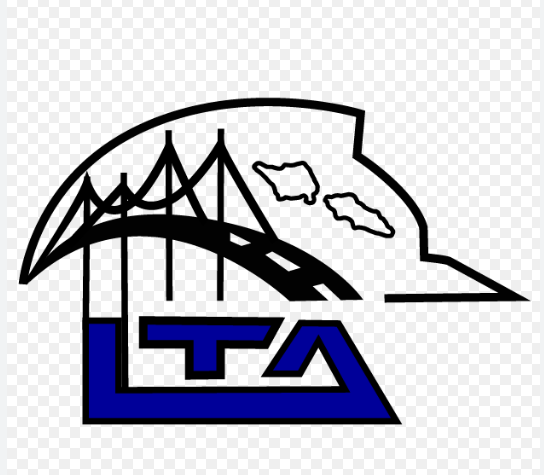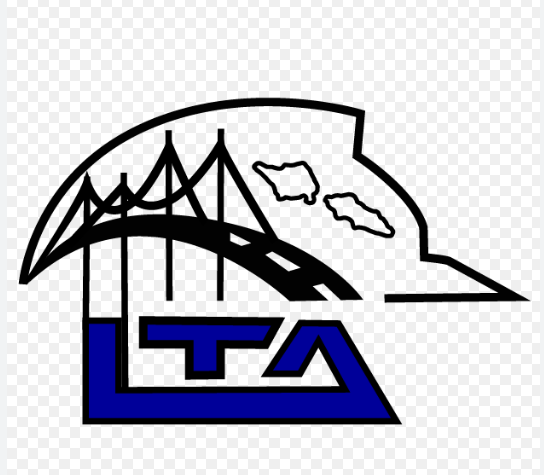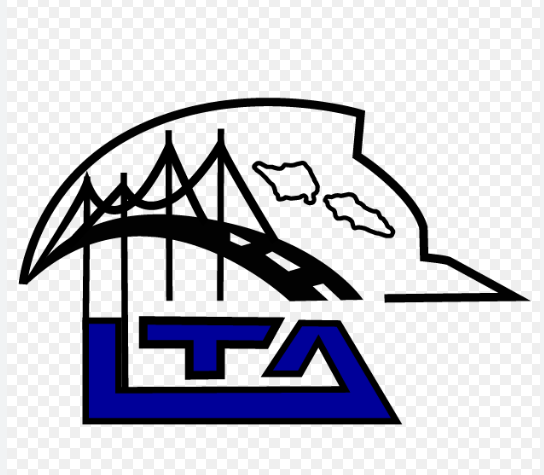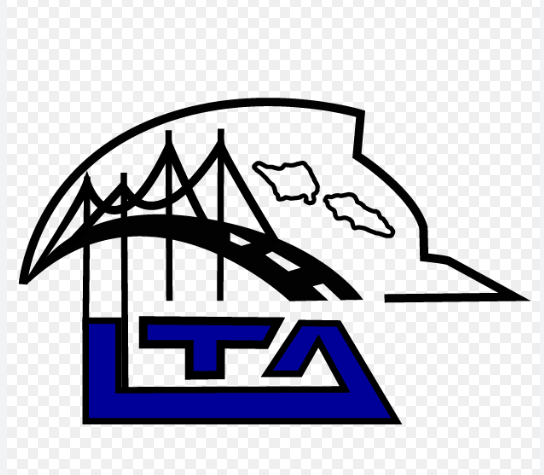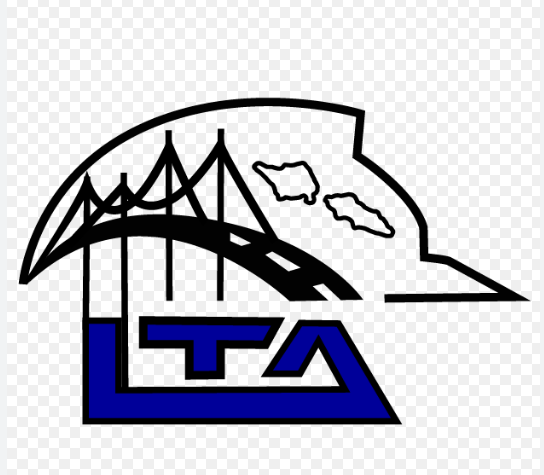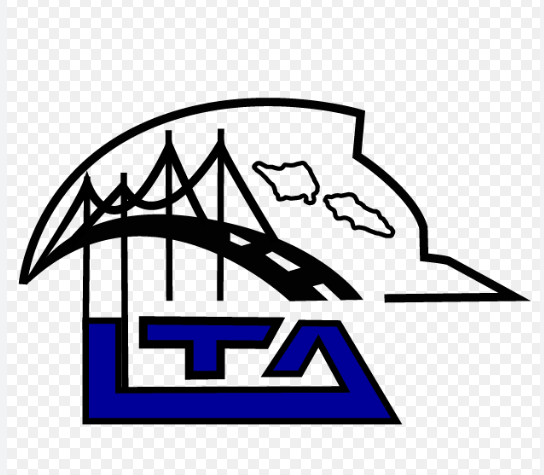Title Page
-
Road Name
-
Road Chainage Location (Single Point CH or From CH / To CH)
-
Inspection Location (Drop Pin)
-
Inspection Date
-
Inspected By
UNSEALED ROAD Data
-
Trafficable Road width (m)
-
Road shoulder width (m)
-
Road cross-fall type
- Normal Crowned Cross-fall (Raised Centerline)
- Reverse Crowned Cross-fall (Depressed Centerline)
- One-way Cross-fall (Slopes in One Direction)
- Varying Cross-fall (Hard to Distinguish)
-
Road formation type
- Road in Embankment (Fill)
- Road In Bench Cut (Both sides in Cut)
- Side Hill Cut (Cut on one side and Fill the Other)
- Hard to Distinguish
-
Road Terrain Location
- Urban Terrain (Major Town or City)
- Coastal Terrain (Follows along the Coast Line)
- Rural Terrain (Inland / Village Connections)
-
Road Terrain Type
-
General Comments
-
Photos
UNSEALED ROADS - Condition Assessment - Severity Level Descriptions
-
UNSEALED ROAD - Condition State - Severity Level Rating Descriptions
-
1= The UNSEALED ROAD is in Excellent Condition.
INDICATORS:
- No visible defects
- Smooth surface
- Good drainage
- Minimal maintenance required -
2= The item is in Good Condition. Minor defects present but do not significantly affect the road's performance.
INDICATORS:
- 0% < Area Affected < 5%,
- Minor potholes
- Slight gravel loss
- Good drainage
- Regular maintenance needed -
3= The item is in Fair Condition. Noticeable defects that may affect driving comfort and safety.
INDICATORS:
- 5% < area affected < 10%
-Moderate potholes
-Some rutting
-Minor erosion
-Drainage issues
-Frequent maintenance required -
4= The item is in Poor Condition. Significant defects that impact road usability and safety.
INDICATORS:
- 10% < area affected < 20%
- Large potholes
- Severe rutting
- Erosion
- Inadequate drainage
- Extensive maintenance required -
5= The item is in Critical. Major defects making the road barely usable or unsafe.
INDICATORS:
- >20% area affected
- Extensive potholes
- Deep ruts
- Severe erosion
- Poor or no drainage
- Immediate and extensive repairs needed
UNSEALED ROAD - Condition Assessment
-
For the UNSEALED ROAD section inspected, what is the main failure mechanisms identified?
- Loss of Fines
- Gravel Loss
- Loss of Shape or Road Profile
- Corrugations
- Potholes
- Rutting
- Scouring or Erosion (Drainage Flow over ROAD)
-
What is the Length of Road Affected by LOSS of FINES (m)
-
What is the Width of Road Affected by LOSS of FINES (m)
-
What is the APPROXIMATE DEPTH OF BASE MATERIAL remaining due to LOSS of FINES (mm)
-
What rectification is required for LOSS of FINES?
- Re-Compaction Only (shape profile is sufficient)
- Regrading and Re-compaction (improve shape and reuse existing fines material)
- Re-gravelling and Re-compaction (import gravel material)
- Insitu Stabilize Gravel to increase resistance to drainage effects
- Dust Control to minimise loss of fines due to wind effects
- Improve drainage immunity of road
- Seal Road to increase resistance and lower maintenance requirements
-
What is the Length of Road Affected by GRAVEL LOSS (m)
-
What is the Width of Road Affected by GRAVEL LOSS (m)
-
What is the APPROXIMATE DEPTH OF BASE MATERIAL remaining due to GRAVEL LOSS (mm)
-
What rectification is required for GRAVEL LOSS?
- Re-Compaction Only (shape profile is sufficient)
- Regrading and Re-compaction (improve shape and reuse existing GRAVEL material)
- Re-gravelling and Re-compaction (import gravel material)
- Insitu Stabilize Gravel to increase resistance to drainage effects
- Improve drainage immunity of road
- Seal Road to increase resistance and lower maintenance requirements
-
What is the Length of Road Affected by LOSS OF SHAPE (m)
-
What is the Width of Road Affected by LOSS OF SHAPE (m)
-
What is the APPROXIMATE DEPTH OF BASE MATERIAL remaining due to LOSS of SHAPE (mm)
-
What rectification is required for LOSS OF SHAPE ?
- Re-Compaction Only (shape profile is sufficient)
- Regrading and Re-compaction (improve shape and reuse existing GRAVEL material)
- Re-gravelling and Re-compaction (import gravel material)
- Insitu Stabilize Gravel to increase resistance to drainage effects
- Improve drainage immunity of road
- Seal Road to increase resistance and lower maintenance requirements
-
What is the Length of Road Affected by CORRUGATIONS (m)
-
What is the Width of Road Affected by CORRUGATIONS (m)
-
What is the APPROXIMATE DEPTH OF THE Road CORRUGATIONS (mm)
-
What is the APPROXIMATE DEPTH OF BASE MATERIAL remaining due to CORRUGATIONS (mm)
-
What rectification is required for CORRUGATIONS ?
- Re-Compaction Only (shape profile is sufficient)
- Regrading and Re-compaction (improve shape and reuse existing fines material)
- Re-gravelling and Re-compaction (import gravel material)
- Insitu Stabilize Gravel to increase resistance to drainage effects
- Dust Control to minimise loss of fines due to wind effects
- Improve drainage immunity of road
- Seal Road to increase resistance and lower maintenance requirements
-
What is the Length of Road Affected by POTHOLES (m)
-
What is the Width of Road Affected by POTHOLES (m)
-
What is the APPROXIMATE DEPTH of POTHOLES (mm)
-
What is the APPROXIMATE DEPTH OF BASE MATERIAL remaining due to POTHOLES (mm)
-
What rectification is required for POTHOLES ?
- Localised Gravel Filling and Hand Temper Compaction
- Non-localised Gravel Filling and Compaction with Machinery
- Regrading and Compaction of Road Gravel with Machinery
-
What is the Length of Road Affected by RUTTING (m)
-
What is the Width of Road Affected by RUTTING (m)
-
What is the APPROXIMATE DEPTH of RUTTING (mm)
-
What is the APPROXIMATE DEPTH OF BASE MATERIAL remaining due to RUTTING (mm)
-
What rectification is required for RUTTING ?
- Localised Trimming/ Regrade and Re-compaction of Existing Gravel
- Regrading and Re-compaction with Imported Gravel
- Full Depth Excavation with Replacement of Gravel
-
What is the Length of Road Affected by SCOUR & EROSION (m)
-
What is the Width of Road Affected by SCOUR & EROSION (m)
-
What is the APPROXIMATE DEPTH of SCOUR & EROSION (mm)
-
What is the APPROXIMATE DEPTH OF BASE MATERIAL remaining due to SCOUR & EROSION (mm)
-
What rectification is required for SCOUR & EROSION ?
- Localised filling and re-compaction with imported gravel
- Regrading and roadside drainage improvements
- Full Reconstruction with roadside drainage and erosion control improvements
UNSEALED ROAD - Vulnerability Assessment - Severity Level Descriptions
-
UNSEALED ROAD - Vulnerability State - Rating Descriptions
-
1= NOT VULNERABLE - Description: The gravel road shows strong resilience to climatic impacts. It remains accessible and safe with minimal maintenance, supporting economic activities without significant issues.
INDICATORS:
- Roads accessible during extreme weather.
- Minimal impact on local businesses.
- No significant safety concerns or accidents.
- Robust infrastructure requiring minimal maintenance. -
2=SLIGHTLY VULNERABLE - Description: Minor vulnerabilities exist but are effectively managed, causing minimal long-term impact.
INDICATORS:
- Rare road inaccessibility, quickly resolved.
- Minor disruptions to businesses and transport.
- Few safety concerns with occasional accidents.
- Infrastructure shows minor wear, remains functional with regular maintenance. -
3= MODERATLEY VULNERABLE - Description: Moderate impacts with regular disruptions affecting accessibility and economic activities.
INDICATORS:
- Periodic road inaccessibility affecting access to essential services.
- Noticeable impact on businesses and tourism, increased costs for goods transportation.
- Some safety concerns and moderate accidents.
- Infrastructure shows stress, requiring frequent maintenance. -
4= VULNERABLE - Description: Significant impacts with frequent and severe disruptions affecting communities and economic activities.
INDICATORS:
- Regular road inaccessibility isolating communities during extreme weather.
- Significant disruptions to businesses, tourism, and agricultural transport.
- Frequent safety concerns and higher accident rates.
- Damaged infrastructure requiring extensive and ongoing repairs. -
5 = VERY VULNERABLE - Description: Highly vulnerable with constant and severe disruptions critically affecting daily life and economic stability.
INDICATORS:
- Chronic road inaccessibility leading to long-term community isolation.
- Major and continuous business disruptions with severe economic losses.
- Persistent safety hazards with a high rate of accidents and injuries.
- Poor infrastructure condition with widespread severe damage requiring immediate attention.
UNSEALED ROAD - Vulnerability Assessment
UNSEALED ROAD - Vulnerability Assessment
-
Increased Flooding and Rainfall Intensity: Samoa's location in the Pacific exposes it to frequent tropical storms and cyclones, which are expected to increase in intensity due to climate change. The increased rainfall can lead to higher water volumes that UNSEALED ROADS might not be designed to handle, potentially causing overtopping or structural failure.
-
Is the road accessible during extreme weather events?
- Not Accessible extreme risk to public safety
- Accessible with some Risk to Public Safety
- Accessible during extreme weather events
-
How does heavy rainfall affect the road's general condition and usability?
- No affect - Good Drainage - Road Operates Well
- Some Affect - Moderate Drainage - Minor Maintenance
- Large Affect - Poor Drainage - Major Maintenance
-
Is there a history of flooding or coastal tidal or storm surge impacts affecting the road?
-
How often do road closures occur due to weather conditions?
- Road Closure <1 times per year
- More than 1 < Road Closure < less than 3 times per year
- Road Closure greater than >3 times per year
-
Is there an adequate drainage system in place to manage storm water runoff?
-
If the road was required to be closed for an extended period would it cause significant effect to the road network, communities, businesses and emergency services (i.e. Are alternative routes available)
- Alternative Route Available - Minimal Delays
- Alternative Route Available - Significant Delays
- No Alternative route Available - Extensive delays
-
Have there been any reported accidents related to road conditions?
-
Vulnerability Assessment of UNSEALED ROAD
-
General Comments
-
Photos
Inspection Completion
-
Have Issues been identified that require Immediate Emergency Rectification (i.e. An Immediate Public Safety Issue)
-
Details of Emergency Rectification Required
-
Monitoring Required
-
General Comments
-
Completed Signature






